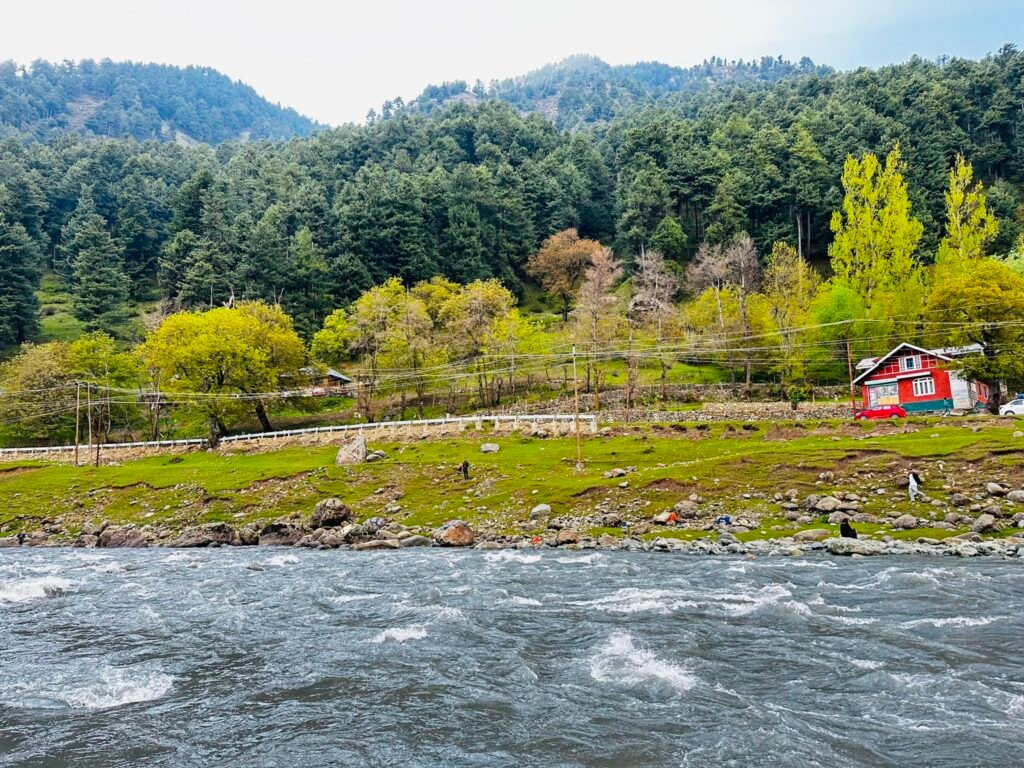Srinagar, March 22, 2025 – A quiet revolution is reshaping the tourism landscape of Jammu and Kashmir, as the rise of homestays and adventure tourism signals a bold shift in how the region welcomes visitors. Under the banners of “Naya Kashmir” and “Badalta Kashmir,” this transformation is not just about numbers—over 2.36 crore tourists visited in 2024—but about redefining travel with authentic, hands-on experiences that empower local communities and bolster the economy.
Gone are the days when tourism in Kashmir meant only houseboats on Dal Lake or leisurely strolls through Mughal gardens. Today, travelers seek immersive adventures—trekking the rugged trails of the Great Lakes, skiing the powdery slopes of Gulmarg, or rafting the white waters of the Lidder River. Alongside this, homestays have emerged as a cornerstone of this new era, offering visitors a chance to live with Kashmiri families, savor home-cooked meals, and witness traditions up close.
“Tourists don’t just stay—they connect with us, learn our stories, and take a piece of Kashmir home. It’s also steady income for the family. Across the valley, from Gurez to Sonamarg, locals echo this sentiment, noting how homestays provide livelihoods while keeping tourism sustainable. The Jammu and Kashmir government reports a push to expand registered homestays, with Chief Minister Omar Abdullah recently announcing plans to promote this model in rural and offbeat areas.
Adventure tourism, too, is carving a niche. With initiatives like the development of new trekking routes and eco-tourism parks, the region is tapping into a global demand for adrenaline and nature. “Kashmir’s mountains and rivers are unmatched,” says Priya Sharma, a trekker from Mumbai, who recently completed the Tarsar Marsar trail. “It’s not just the scenery—it’s the people guiding us, feeding us, making it personal.” Local guides, outfitters, and small businesses are thriving as a result, injecting vitality into the economy.
This shift aligns with the “Naya Kashmir” vision of progress and self-reliance. Tourism, a key pillar of the region’s economy, contributed significantly to employment and GDP in 2024, with the government allocating Rs 390.20 crore for its development. By promoting lesser-known destinations like Padder Valley and Keran, alongside adventure and homestay experiences, authorities aim to decongest traditional hotspots and spread prosperity to remote corners.
Yet, challenges remain. Balancing growth with cultural preservation is a tightrope walk, as seen in recent debates over events like the Gulmarg fashion show. Community leaders urge sustainable practices to ensure “Badalta Kashmir” doesn’t lose its soul. “We welcome change, but it must respect our roots,” notes a Srinagar-based artisan.
As Kashmir strides into this new chapter, the rise of homestays and adventure tourism stands as a testament to its adaptability and resilience. It’s a “Naya Kashmir” where visitors don’t just see the valley—they live it, leaving behind economic ripples that promise a brighter, more inclusive future.



